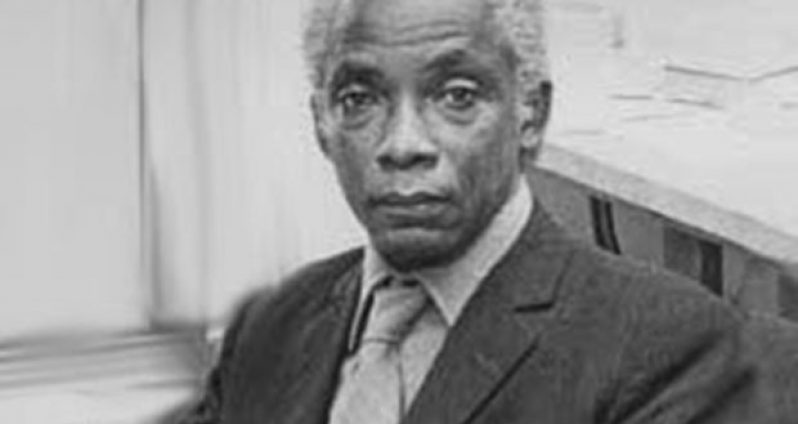The Third Temptation (1968) is the second of Denis Williams’s two novels – the first was Other Leopards (1963) – and it appears very different in thematic and formal preoccupations. Other Leopards, set in Johkara (a fictional version of the Sudan), explores the search for identity of a self-divided West Indian in an imperial-colonial context complicated by racial, cultural, and historical particulars.

The protagonists and most of the secondary characters divide between those from the formerly colonising powers and those from the developing world. The Third Temptation, set in Caedmon, a seaside resort in north Wales in the United Kingdom, concentrates on moral and spiritual issues in the context not of colonial politics but of sensuality, passion and betrayal. The players, whether residents or visitors, are all Europeans. The differences in form are occasional instances of stylistic experimentation with poetic and stream-of-consciousness prose, the form is that of the conventional novel. The Third Temptation is highly experimental. Williams (who was as much a painter and anthropologist as a writer), impatient with the inability of the novel form to capture simultaneity (as the cinema or painting can do) and frustrated with this constrictive linearity, turns with a sense of liberation to multiple time sequences, multiple points of view, and multiple, fast-changing loci, presented with no immediately obvious cohesion, no apparently integrating connections. The result is a work of fiction that challenges and may at times exasperate. But The Third Temptation, though it does not have the easy accessibility and the explicit postcolonial appeal of Other Leopards, is a work that rewards perseverance, deserving of recognition as a formidable achievement and one of the Caribbean’s relatively small number of accomplished avant-garde novels.
What initially appears to be the central incident in the three hours of a summer morning that frames the time sequence of the novel – the death of a young man in a traffic accident on Sweeley Street in the business district of Caedmon – turns out to be insignificant in itself. The young man remains unnamed and is barely portrayed. This accident is the means by which Williams introduces three contiguous relationships of unrequited and unfulfilled love.




.png)









